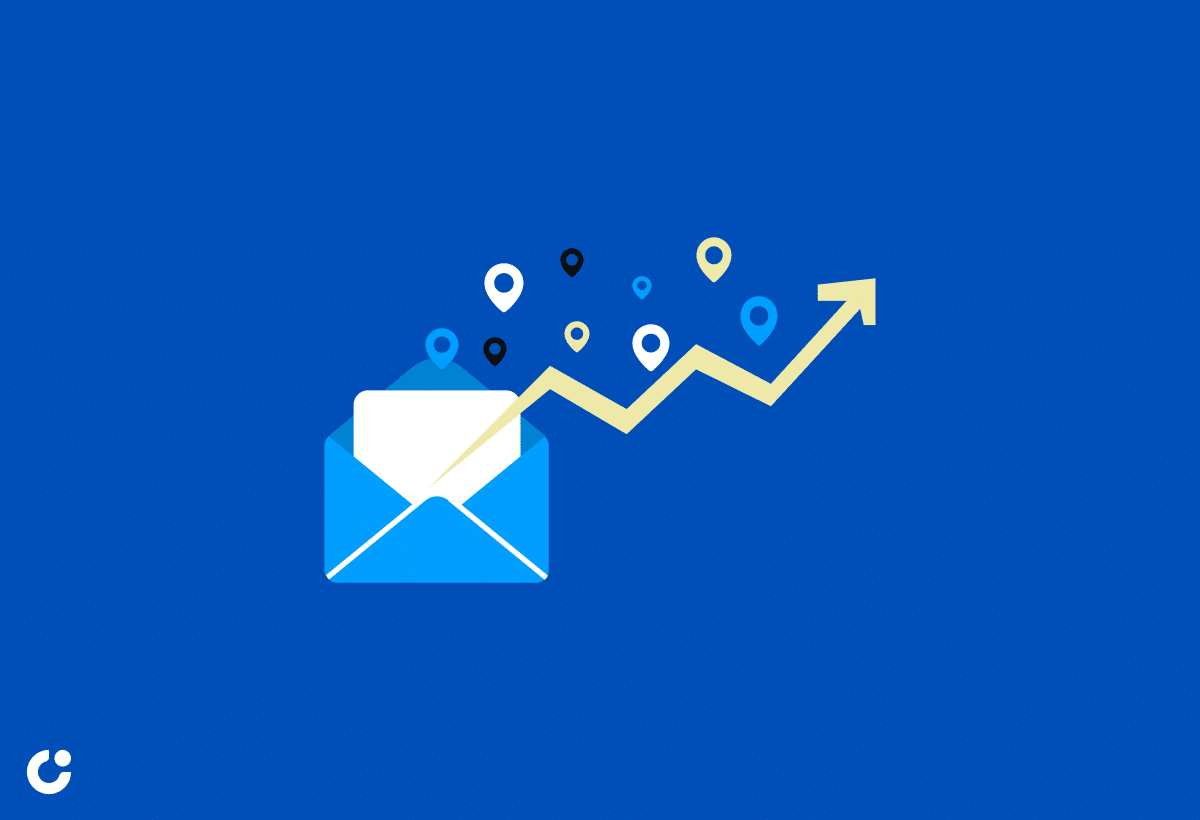Are you struggling to find the sweet spot between sending too many cold emails and not sending enough to generate meaningful engagement? Mastering the art of cold email volume is crucial for maximizing the effectiveness of your outreach efforts and driving conversions. In this blog post, we’ll guide you through determining your ideal daily email quota, specifically addressing the question of how many cold emails to send per day, avoiding the perils of over-emailing, building trust through email warmup and sender reputation, managing multiple email accounts, and more.
We’ll also explore the importance of personalization in cold email campaigns and provide tips on navigating cold emailing tools and platforms to optimize your outreach process. By the end of this journey, you’ll have the knowledge and confidence to conquer your next cold email campaign while maintaining healthy sender reputation and maximizing engagement.
Key Takeaways
- Determine daily cold email quota by considering service provider limits, sender reputation and target audience engagement.
- Follow best practices to ensure successful campaigns, such as adhering to sending limits, building trust through warmup & sender reputation and personalizing content for the target audience.
- Leverage automation tools while maintaining a personalized touch in your emails.
Determining Your Daily Cold Email Quota

Striking the right balance in your daily cold email volume depends on several factors, such as email service provider limits, sender reputation, and target audience engagement. Maintaining this balance helps avoid unfavorable outcomes like a tarnished sender reputation, spam flags, reduced email deliverability, and email account suspension.
- How many cold emails should you send per day to get the most engagement?
- What is the optimal amount of daily cold messages for maximum response rate? The answer lies in understanding the various factors that influence your daily sending limits and crafting a daily email schedule that maximizes your outreach effectiveness while minimizing the risk of over-emailing.
Factors Influencing Daily Sending Limits
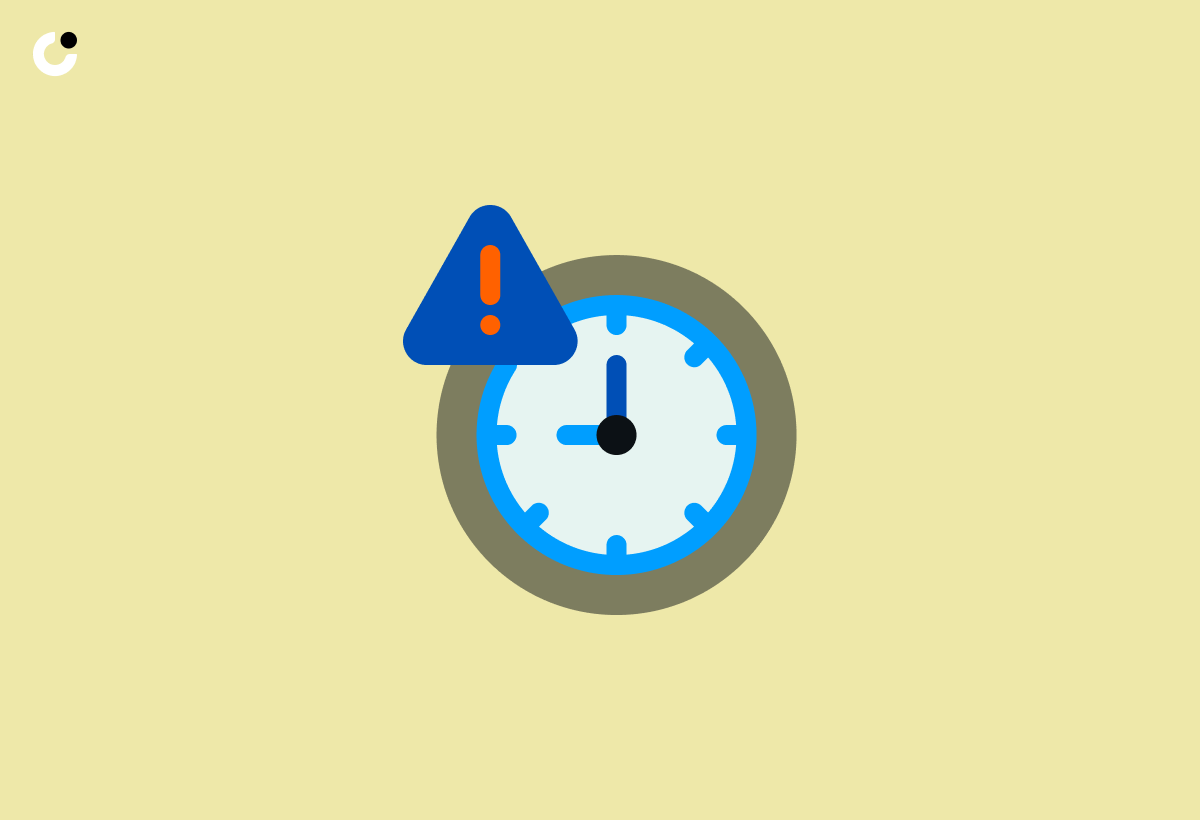
Several factors can influence your daily sending limit, with email service provider restrictions being a primary determinant. Some of the factors that can affect your daily sending limits include:
- Email service provider restrictions
- Recipient limits
- Attachment size limits
- Rate limits
It’s important to be aware of these limits and ensure that you stay within them to avoid any issues with your email sending.
Another key factor is your sender reputation, which can significantly affect your daily sending limits. A good sender reputation can lead to higher daily sending limits, as your messages are less likely to be marked as spam and more likely to reach their intended targets. On the other hand, a poor sender reputation can result in lower daily sending limits, as your messages may be filtered as spam or rejected.
Identifying Your Email Service Provider's Constraints
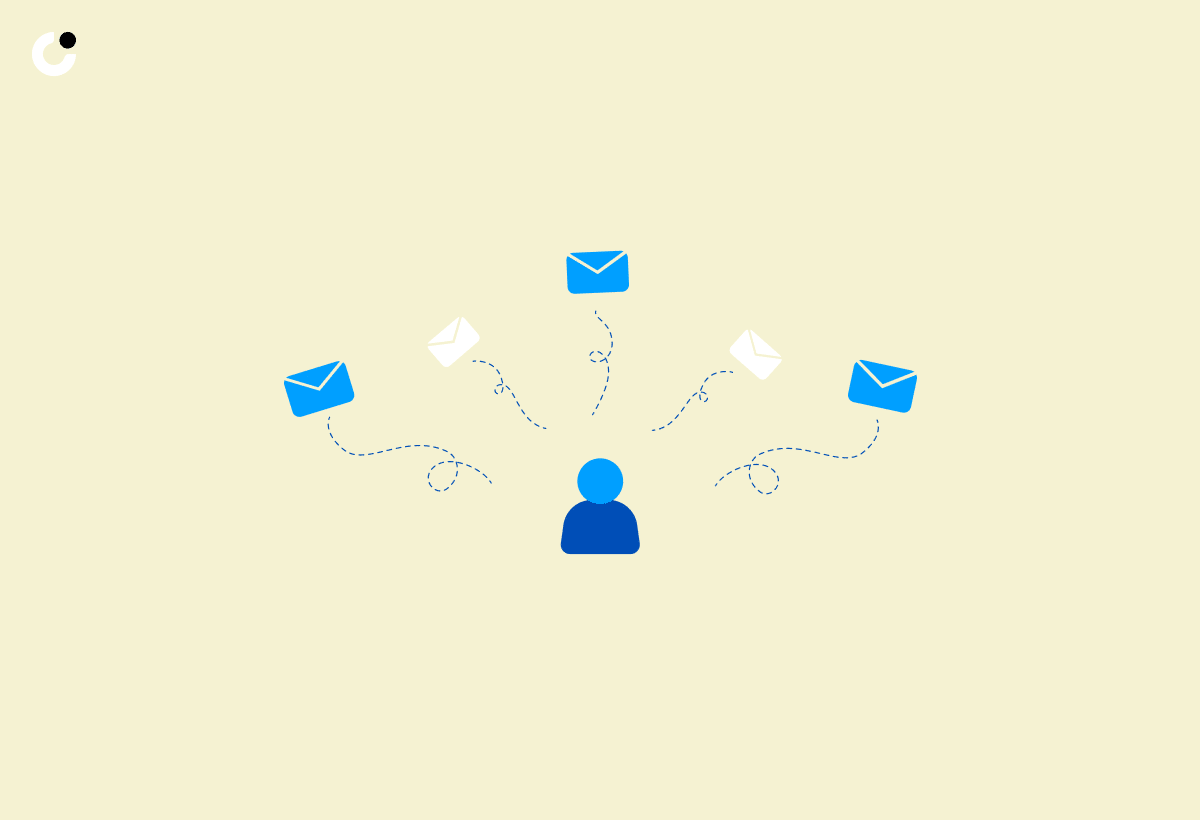
Understanding your email service provider’s daily sending limits and policies is key to avoiding account suspension or deliverability issues. Each email service provider has its own set of constraints, and disregarding these limits may result in account suspension due to violation of their rules and policies.
Some popular email service providers, like Google Workspace, Microsoft 365, and Zoho, have a daily email limit of 200 emails per day per email address. Amazon SES offers flexible email sending capabilities. You can send up to 10,000 emails per day with this service. By understanding the constraints of your email service provider, you can design a cold email campaign that abides by these limits and maximizes your outreach success.
Crafting a Daily Email Schedule

Success in cold email campaigns lies in creating a daily email schedule that smartly balances volume with engagement. Here’s how you can do it:
- Start by sending a lower volume of higher quality emails.
- Gradually increase the number of emails sent over time.
- This approach allows you to scale your outreach efforts while maintaining email deliverability and engagement.
When using Postaga with SMTP services such as Gmail, Outlook, or Zoho, it is recommended to:
- Send no more than 50 emails per day per sending email address
- This ensures that your emails reach the intended inboxes and avoid being flagged as spam
- Ultimately helping you achieve better results in your cold email campaigns.
The Perils of Over-Emailing
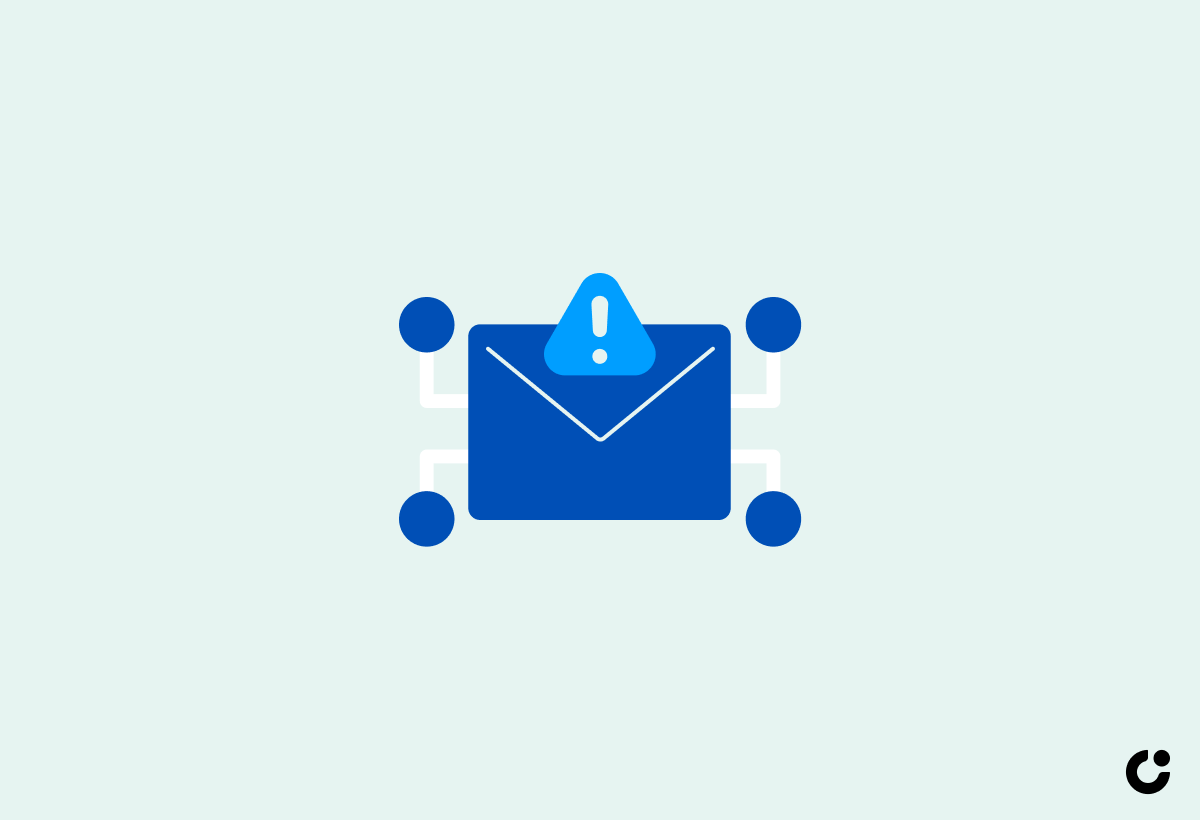
Sending an excess of cold emails over a brief period may result in adverse effects like diminished engagement, spam complaints, and account suspension. Over-emailing can overwhelm recipients, leading to a decline in open or reply rates. Moreover, emails sent in large volumes may be directed to spam folders, further diminishing your chances of successful outreach.
To avoid the pitfalls of over-emailing, it’s crucial to recognize the signs of excessive outreach and understand the consequences of ignoring sending limits. In the following subsections, we’ll delve deeper into these aspects and provide actionable tips for maintaining an effective cold email campaign.
Recognizing the Signs of Excessive Outreach
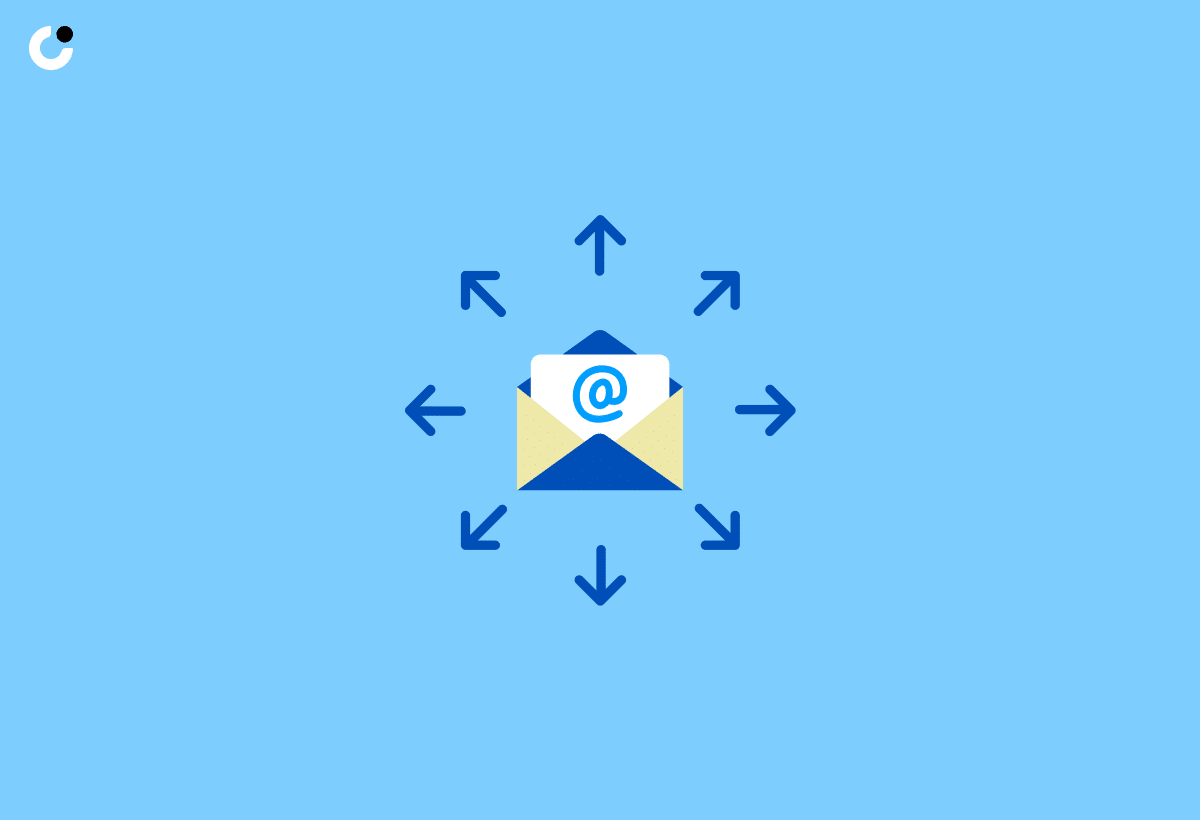
Signs of excessive outreach can include high bounce rates, low open rates, and increased spam complaints. A high bounce rate occurs when a significant percentage of your emails are not successfully delivered to the recipient’s inbox, typically due to factors like sending too many emails or targeting the wrong audience.
Low open rates, on the other hand, may indicate that your emails are not engaging or relevant to your target audience. By paying attention to these signs, you can adjust your outreach strategy accordingly and ensure that your cold email campaigns remain effective and well-received by your recipients.
Consequences of Ignoring Sending Limits
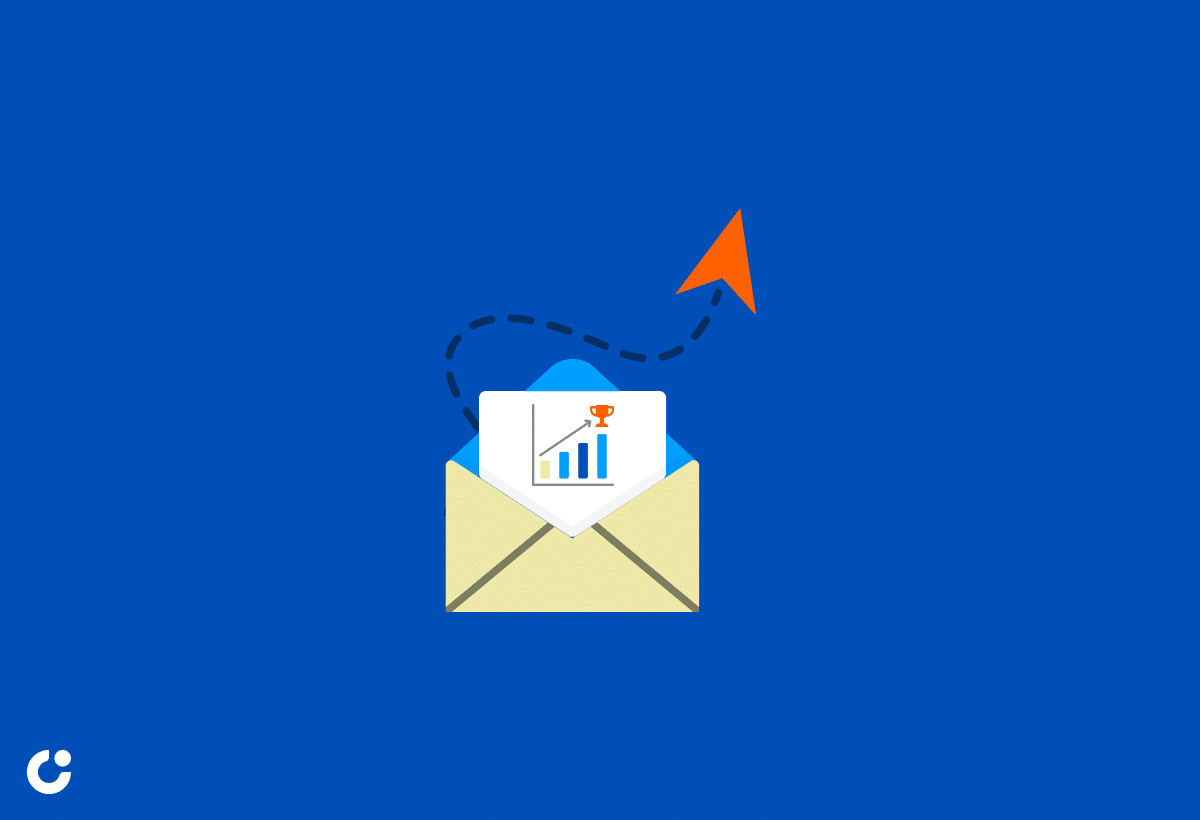
Disregarding sending limits may lead to consequences such as account suspension, impaired deliverability, and a tarnished sender reputation. Email service providers and spam filters take sender reputation into consideration when determining email deliverability, so sending too many emails can be perceived as spammy behavior and lead to a decrease in deliverability rates.
To preserve a good sender reputation, it is important to:
- Send emails in moderation
- Abide by best practices to avoid being identified as a spammer
- Adhere to sending limits
- Adjust your outreach strategy based on the signs of excessive outreach
By following these guidelines, you can protect your account from suspension and ensure your cold email campaigns are successful.
Building Trust: Email Warmup and Sender Reputation
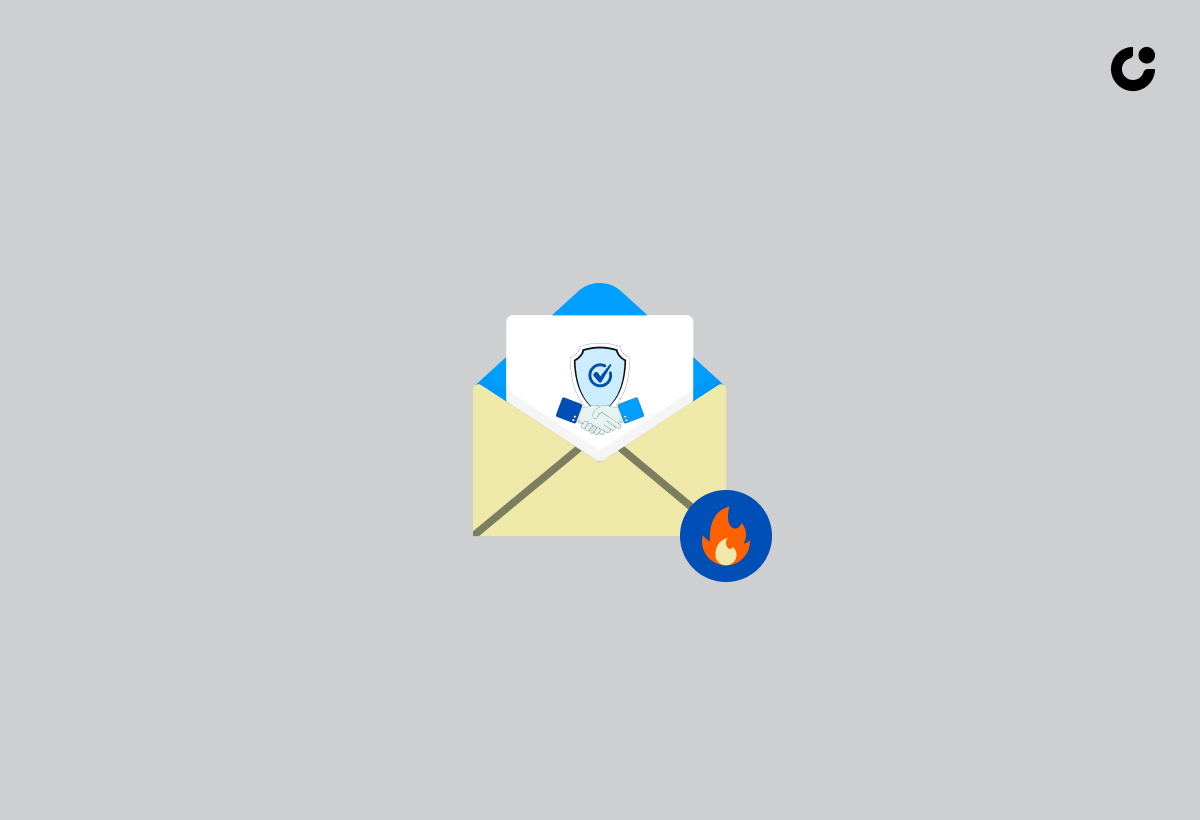
Successful cold email campaigns hinge on building trust via email warmup and maintaining an excellent sender reputation. A new email account without any history or reputation can trigger spam filters and lead to low email deliverability. Having a positive sender reputation is critical for successful cold email campaigns. This is due to the fact that mail servers will assess the sender reputation score to ascertain the trustworthiness of the sender..
In this section, we’ll discuss:
- The role of email warming services
- Strategies for enhancing your sender score to help you build trust with your recipients
- Tips for boosting the effectiveness of your cold email campaigns
The Role of Email Warming Services
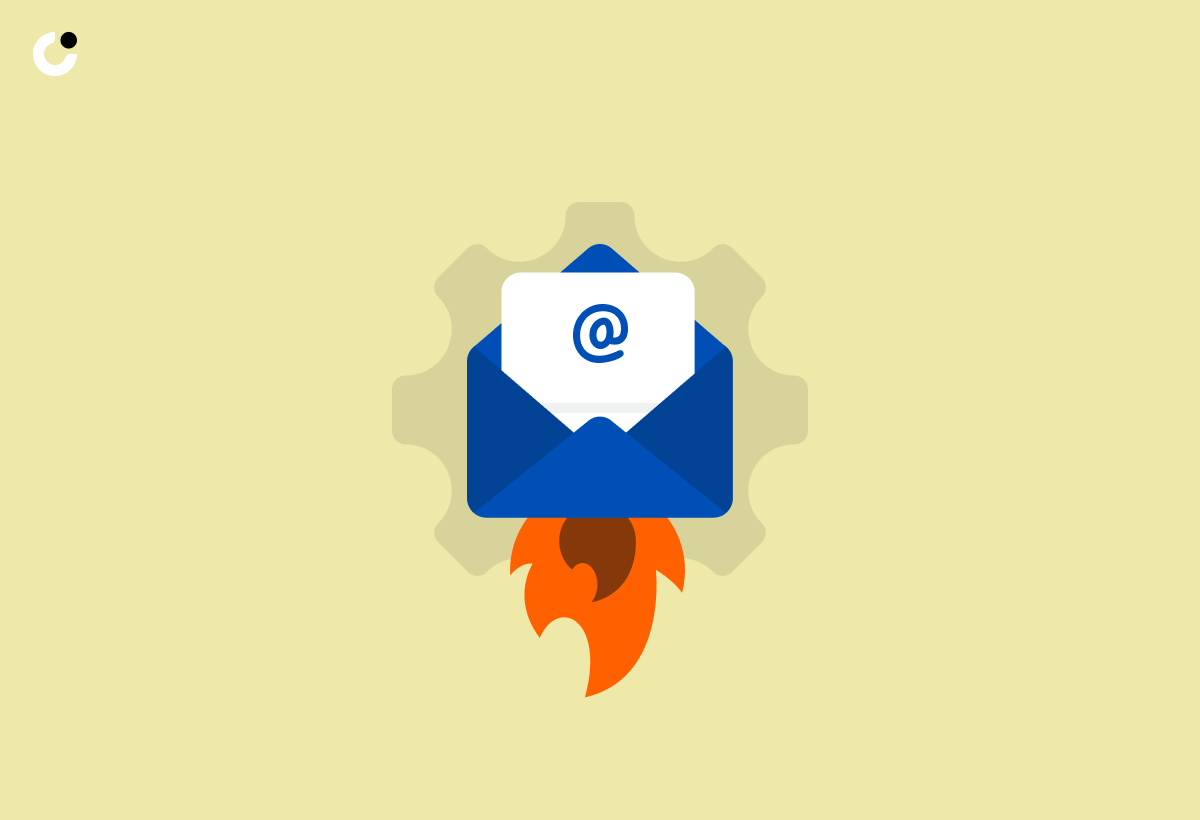
Email warming services significantly contribute to building sender reputation by incrementally increasing the daily number of sent emails. These services can enhance deliverability and guarantee that messages arrive at the recipient’s inbox instead of their spam folder.
By utilizing an email warming service, you can automate the warming up of your email account, monitor the health of your account, and build your sender reputation without manual intervention. This can save you time and allow you to focus on other tasks, such as crafting personalized email content and refining your outreach strategy.
Strategies for Enhancing Sender Score
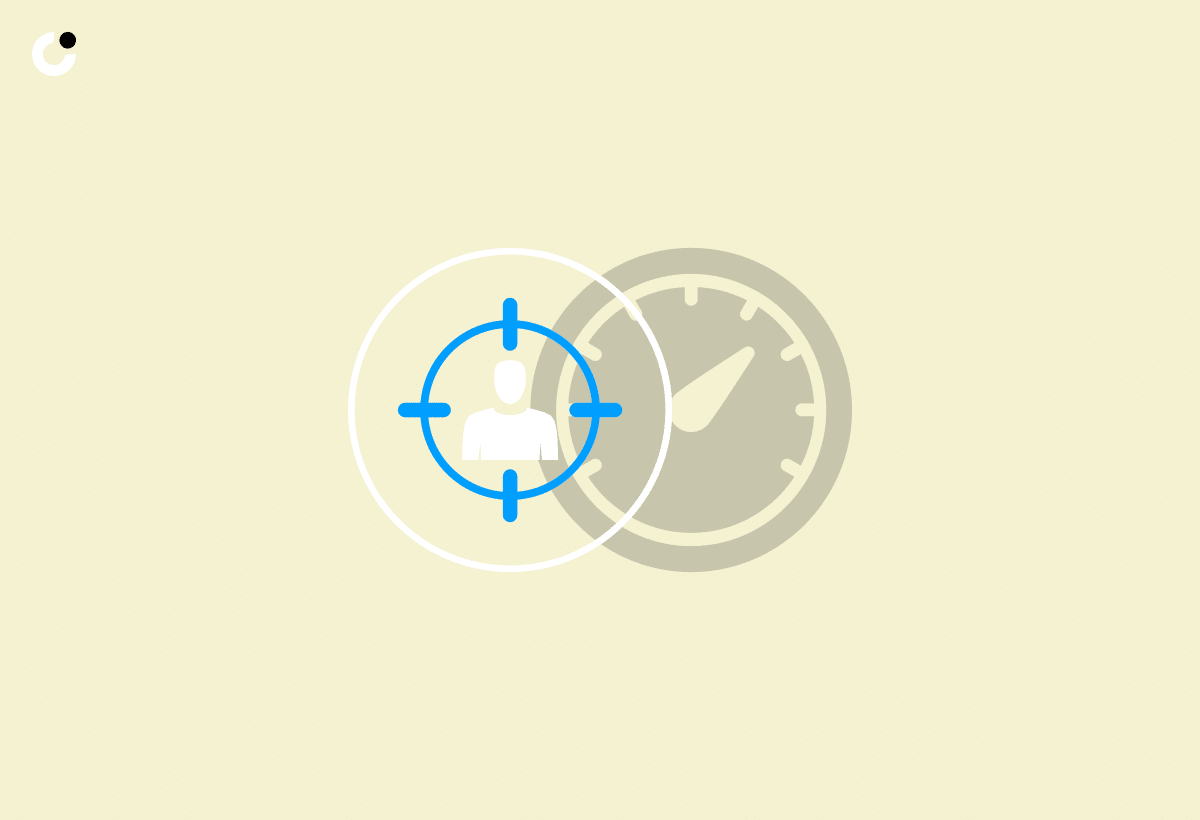
To enhance your sender score, it’s essential to clean your email lists, personalize your content, and follow email authentication protocols. Regularly filtering your email lists can help maintain low bounce rates and avoid spam traps.
Personalizing your email content can also have a positive impact on your sender score by increasing deliverability and engagement. By tailoring your content to each recipient based on their purchase and behavior history, you can develop a positive reputation that will help improve your sender score.
Implementing these strategies can lead to more successful cold email campaigns and higher conversion rates for your next cold email campaign.
Scaling Up: Managing Multiple Email Accounts

Maintaining a healthy sender reputation and scaling your cold email campaigns can be achieved by managing multiple email accounts. By spreading your outreach efforts across multiple accounts, you can decrease the likelihood of being blacklisted and ensure that your emails reach their intended recipients.
In the following subsections, we’ll provide best practices for using multiple accounts responsibly and keeping your inbox warm across all accounts. By following these guidelines, you can optimize your cold email campaigns and achieve better results.
Best Practices for Using Multiple Accounts
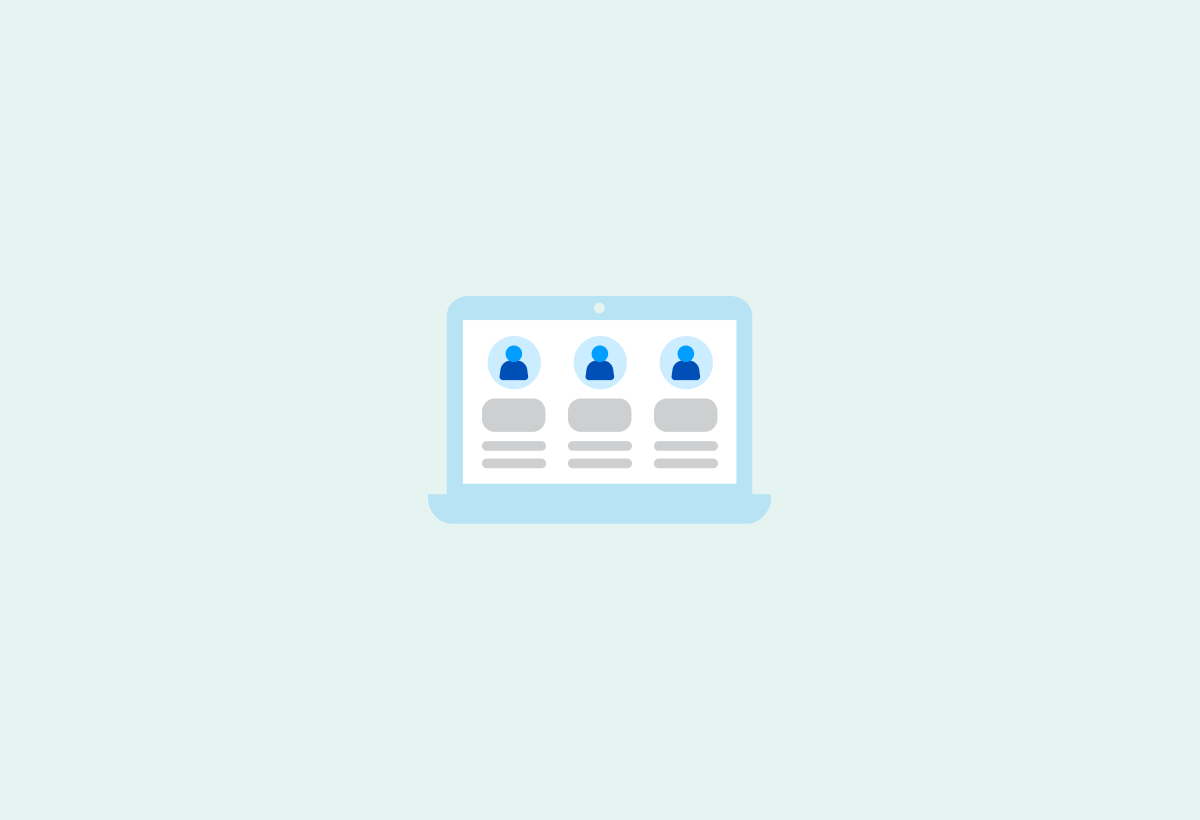
When using multiple accounts for cold emailing, it’s important to warm them up, monitor their sender reputation, and adhere to daily sending limits. By following these best practices, you can ensure that your accounts remain in good standing with email service providers and maintain a positive sender reputation.
Balancing cold emailing between multiple accounts involves:
- Tailoring your message to each recipient
- Establishing credibility and trust in your email
- Addressing the pain points of your audience or offering something of value
By following these best practices, you can effectively manage multiple email accounts and optimize your cold email campaigns for maximum success.
Keeping Your Inbox Warm Across Accounts

Keeping all email accounts warm is essential for preserving a positive sender reputation and ensuring successful cold email campaigns. To maintain account warmth, you should incrementally increase the number of emails sent over a span of two to three weeks, allowing you to scale outreach while preserving deliverability and engagement.
In addition to maintaining a warm email account, it’s important to conduct regular list hygiene and segment your email list based on subscribers’ preferences, behaviors, and interests to send more targeted and relevant emails. By following these practices, you can maintain a warm and active inbox across all email accounts, improving the success of your cold email campaigns.
Personalization: The Key to Successful Cold Email Campaigns

The success of cold email campaigns rests heavily on personalization as it notably boosts engagement and conversion rates. By tailoring your emails to your target audience and addressing their needs and interests, you can create a more effective and compelling outreach strategy that drives results.
In the following subsections, we’ll discuss how to tailor your emails to your target audience and provide tips for avoiding generic subject lines and content. By implementing these personalization strategies, you can elevate your cold email campaigns and boost engagement.
Tailoring Emails to Your Target Audience

To tailor your emails to your target audience, it’s essential to conduct research into their needs, interests, and pain points. By understanding your audience, you can create personalized content that will resonate with them and drive engagement.
Segmenting your email list based on the insights you’ve gathered can help you:
- Send more targeted and relevant emails
- Address the needs and interests of your target audience
- Create a more effective and compelling outreach strategy
- Drive results and increase conversions.
Avoiding Generic Subject Lines and Content
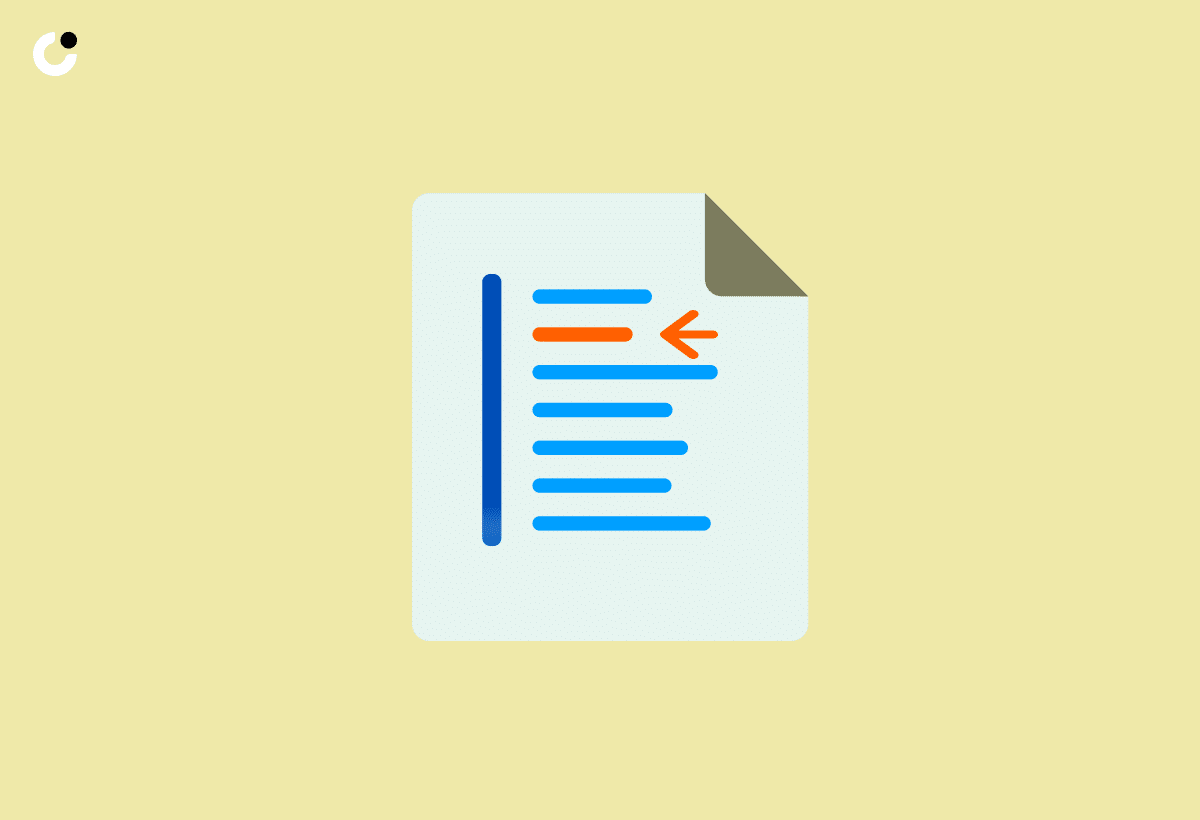
Avoiding generic subject lines and content is crucial for maximizing engagement and conversions in your cold email campaigns. By using personalization tools like:
You can create customized content and follow-up sequences that resonate with your target audience.
Crafting unique, engaging messages and subject lines that capture the attention of your recipients can significantly improve your open and reply rates. By avoiding generic content and focusing on personalization, you can ensure that your cold email campaigns are more effective and yield better results.
Navigating Cold Emailing Tools and Platforms
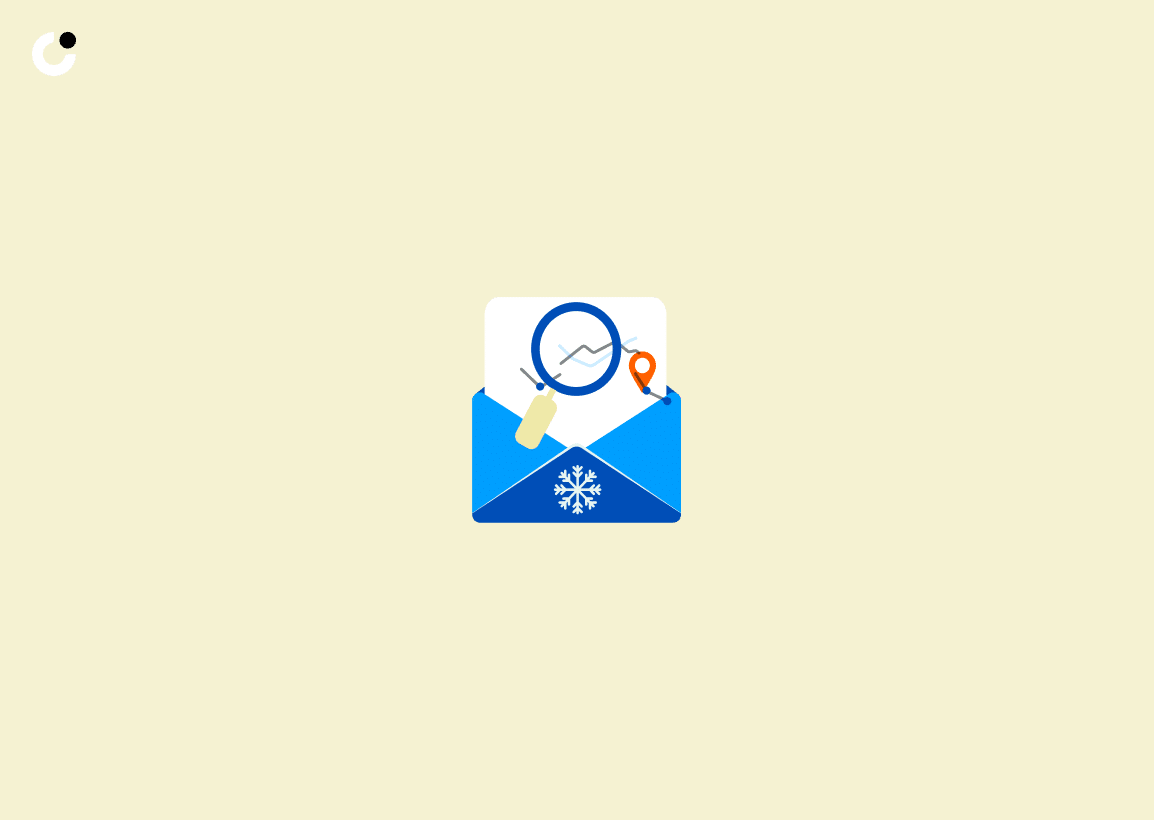
Streamlining and optimizing your outreach efforts can be achieved by understanding and utilizing various cold emailing tools and platforms. By leveraging the right tools and platforms, you can automate your cold email campaigns, monitor your sender reputation, and scale your outreach efforts more effectively.
In the following subsections, we’ll discuss how to select the right cold emailing platform for your needs, as well as how to integrate automation without losing the personal touch in your campaigns. By mastering the use of cold emailing tools and platforms, you can enhance your outreach process and achieve better results.
Selecting the Right Cold Emailing Platform

When selecting a cold emailing platform, it’s important to consider the following features:
- Speed
- Deliverability
- Cold email features
- Automation
- ESP matching
- Personalization
- Integration
Additionally, compare the pricing plans of different platforms to find the most suitable option for your budget and needs.
Some highly rated cold emailing platforms include:
By choosing the right platform for your goals and budget, you can streamline your outreach process and maximize the effectiveness of your cold email campaigns.
Integrating Automation Without Losing the Personal Touch
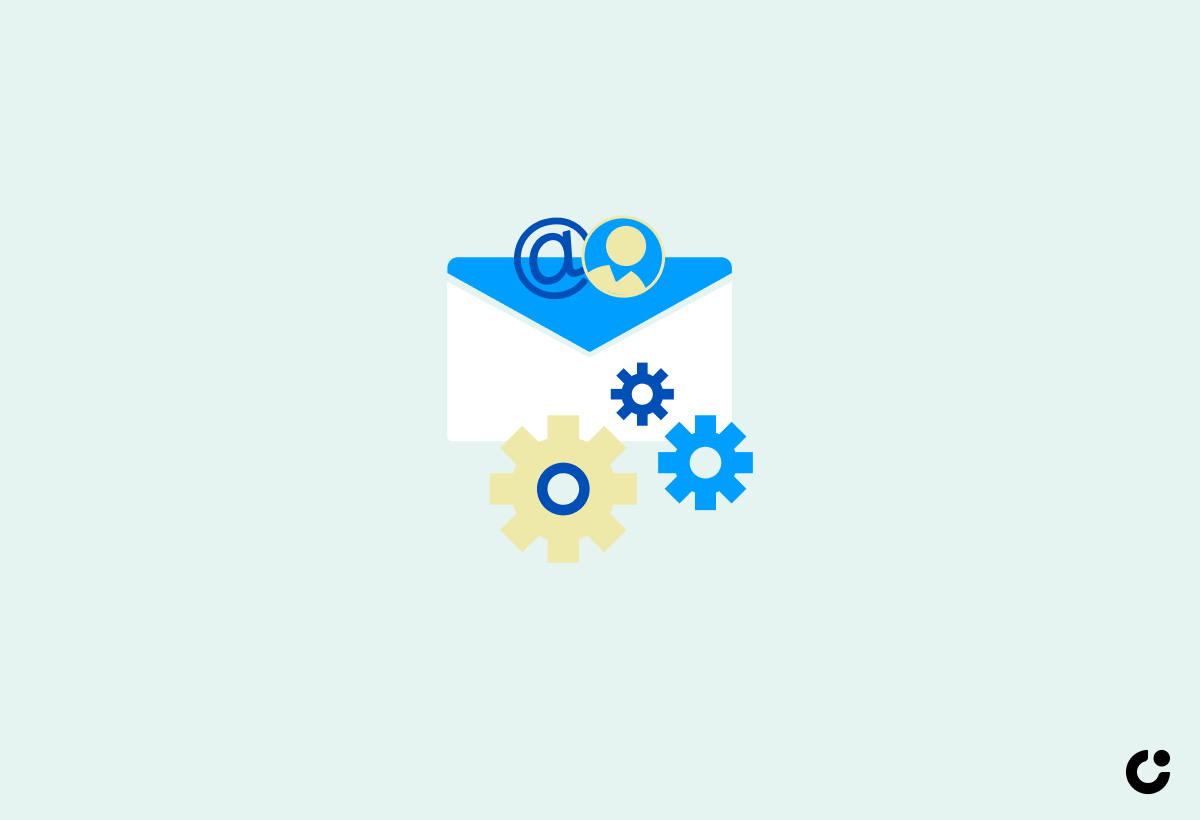
Integrating automation into your cold email campaigns doesn’t have to mean sacrificing personalization. By using tools that allow for customized content and follow-up sequences, you can create a more tailored and engaging outreach strategy while still benefiting from the efficiency of automation.
Some commonly used tools for automating personalized cold emails include Lemlist, Woodpecker, and Mailshake. By leveraging these tools and focusing on personalization, you can maintain the personal touch in your cold email campaigns while optimizing your outreach process for better results.
Summary
In conclusion, mastering the volume of cold emails is essential for maximizing engagement and driving conversions. By determining your ideal daily email quota, avoiding the perils of over-emailing, building trust through email warmup and sender reputation, managing multiple email accounts, and focusing on personalization, you can optimize your cold email campaigns and achieve better results.
Remember, the key to successful cold email campaigns lies in striking the right balance between volume and engagement, and leveraging the right tools and strategies to streamline your outreach process. With persistence and the right approach, you can conquer your next cold email campaign and drive meaningful results for your business.
Frequently Asked Questions
How many cold emails per day?
It is recommended to send between 10 and 20 cold emails per day if you are a starter. Bulk mails can be sent slowly throughout the day if you want to increase your campaign.
What factors should I consider when determining my daily cold email quota?
When determining your daily cold email quota, take into account factors such as email service provider limits, sender reputation, and target audience engagement to ensure successful outreach.
How can I avoid over-emailing in my cold email campaigns?
Stay mindful of response rates and limit how often you send emails, to ensure your outreach is being well-received and not excessive.
What are some strategies for building trust and maintaining a good sender reputation?
To build trust and maintain a good sender reputation, use email warmup services, clean your email lists, personalize content, and follow email authentication protocols.
How can I personalize my cold email campaigns for better engagement and conversions?
Personalize your cold email campaigns by tailoring content to your target audience's interests and needs, and by utilizing personalization tools to craft customized messaging.

